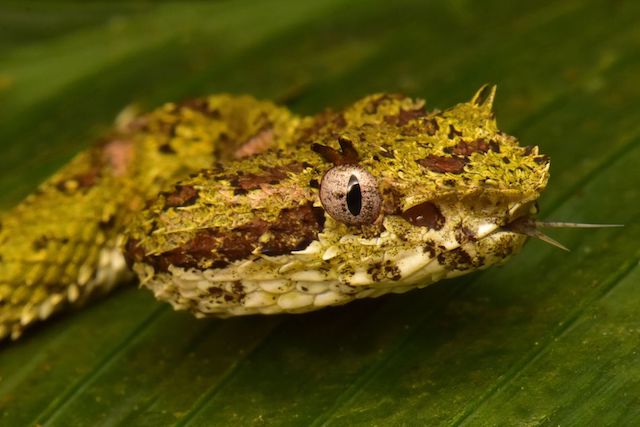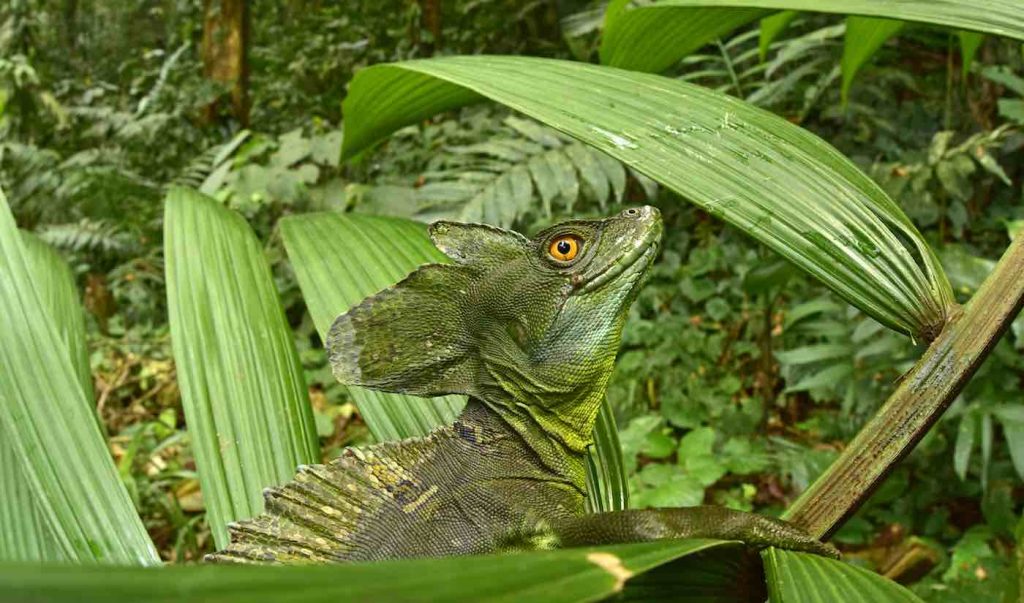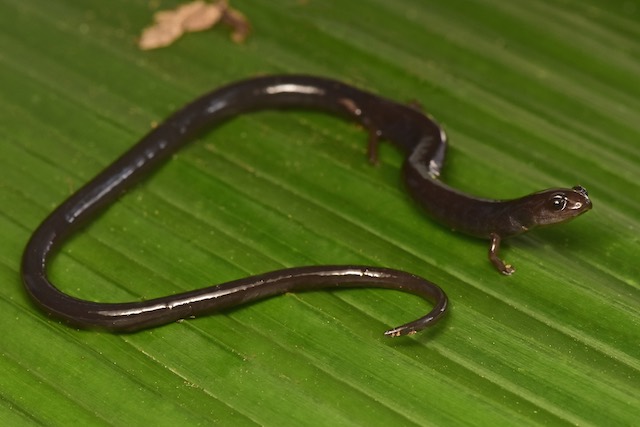A team of researchers from Conservation International went on a three-week research expedition after ancient ruins were discovered deep within the Mosquitia forest dubbed “the lost city of the monkey god”, or “the white city” [1].
Climate change has had a devastating impact on our planet, an alarming number of animal species have either gone extinct or are under the threat of extinction as a direct result of human activity.
In fact, scientists have now determined that humanity has killed 83 percent of all wild mammals, and half of all plants.
Statistics like these can be incredibly disheartening, however, scientists finally have some good news for us: they have found an astonishing amount of biodiversity in a previously unexplored area of the rainforest.

The Lost City
A team of researchers from Conservation International went on a three-week research expedition after ancient ruins were discovered deep within the Mosquitia forest dubbed “the lost city of the monkey god”, or “the white city” [1].
What they found was a pristine, thriving ecosystem, abundant with rare and unique species, some new species, and some that were previously thought to be extinct. They documented 198 species of birds, 94 of butterflies, 40 of small mammals, 56 of amphibians and reptiles, 30 of large mammals [1].

Trond Larsen, Director of Conservation International’s Rapid Assessment Program, explained the team’s excitement:
“Our team of scientists were shocked at the discovery of tremendously rich biodiversity, including many rare and threatened species,” said Larsen [1].

Why Is Biodiversity So Important?
The more biodiversity an ecosystem has, the more productive it will be, and the more species and ecosystem has, the more sustainable it will be for all life forms. When disasters occur, healthy ecosystems are better able to bounce back [2].
A healthy, diverse ecosystem provides resources for everyone, including:
- Ecosystem services:
- Protection of water resources
- Soils formation and protection
- Nutrient storage and recycling
- Pollution breakdown and absorption
- Contribution to climate stability
- Maintenance of ecosystems
- Recovery from unpredictable events
- Biological resources:
- Food
- Medicinal resources and pharmaceutical drugs
- Wood products
- Ornamental plants
- Breeding stocks, population reservoirs
- Future resources
- Diversity in genes, species, and ecosystems
- Social benefits:
- Research, education, and monitoring
- Recreation and tourism
- Cultural values [2]
According to the United Nations, humanity faces extinction itself if it cannot stop the pace of wildlife extinction [3].
Olivier Langrand, executive director of the Critical Ecosystem Partnership Fund (CEPF), explained the importance of a diverse ecosystem at the 15th Conference of Parties to the Convention on Biological Diversity:
“Biodiversity is life on Earth, and every extinction chips away at it, undermining the stability of the planet,” he said [4].
Humans, whether they are living in a tribe in the jungle or in urban areas, depend on the services ecosystems provide. This includes freshwater, pollination, soil fertility and stability, food and medicine [4].
The larger our population gets, the more important it becomes to protect these resources, which means protecting the biodiversity of our ecosystems.
Read: Archaeologists In Pompeii Break Into a Secret Room, Then Freeze At The Sight Within
Biodiversity and Climate Change
Biodiversity is also a crucial part of the solution to climate change. Eleven percent of all global greenhouse gas emissions are a direct result of deforestation, so protecting these areas would go a long way in reducing our global CO2 emissions [5].
“For a relatively small investment, high-biodiversity forests and other ecosystems can be conserved and restored as a powerful means to rein in climate change while also helping communities cope with associated storms, flooding and other impacts,” said Langrand [4].
Biodiversity and the Economy
Forty percent of the world’s economy, if not more, is derived from biological resources [6]. If the loss of biodiversity continues at its current rate, it could cost the United States 338 billion dollars per year [7].
By contrast, investing in global sustainable business opportunities and natural resources could be worth between two and six trillion dollars by the year 2050 [7].
Most importantly, many of the world’s poorest communities rely heavily on the biodiversity of the region in which they live in order to sustain themselves, and so destroying that could have devastating effects on those people [4].
These Findings Will Protect the Region from Deforestation
Conservation International is hopeful that these findings will help protect the region from the deforestation that so much of the rainforest has already been subjected to.
“Overall, our findings demonstrate that the area is of global environmental as well as archaeological significance,” said Larsen. “Armed with this knowledge, stakeholders can now begin to design and implement conservation strategies to protect this critical ecosystem.” [1]
Keep Reading: Scientists Discover Plastic-Eating Worms That Digest Styrofoam
Sources
- “Dozens of Creatures Thought to Be Extinct Found Alive in ‘Lost City’ in the Jungle (Photos).” Good News Network. June 23, 2019.
- “Why Is Biodiversity Important? Who Cares?” Global Issues. Anup Shah. January 19, 2014.
- “Stop biodiversity loss or we could face our own extinction, warns UN.” The Guardian. Jonathan Watts. November 6, 2018.
- “Why is biodiversity important? Conservation. Julie Shaw. November 2015.
- “CLIMATE CHANGE:11 FACTS YOU NEED TO KNOW.” Conservation
- “Failed Efforts in Protecting Biodiversity.” NY Times
- “The Business of Biodiversity.” SSIR. Sofia Faruqi. February 3, 2017.

